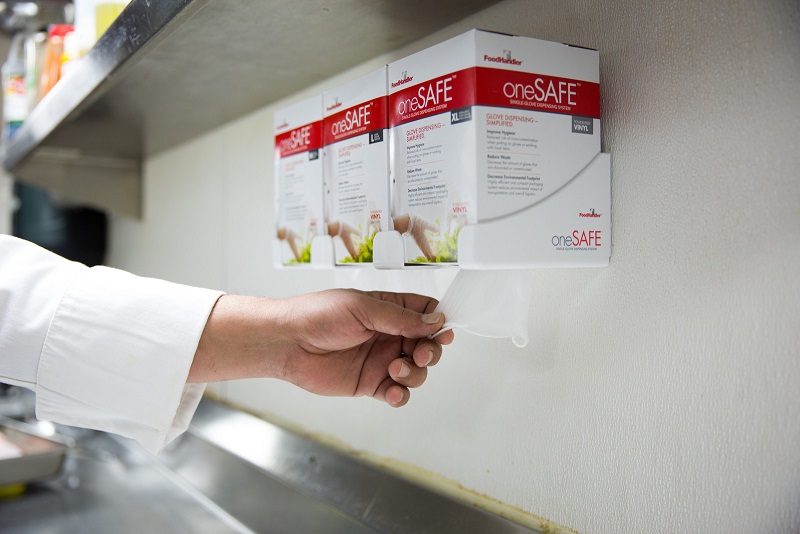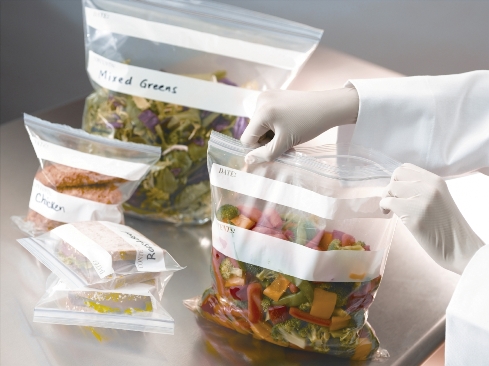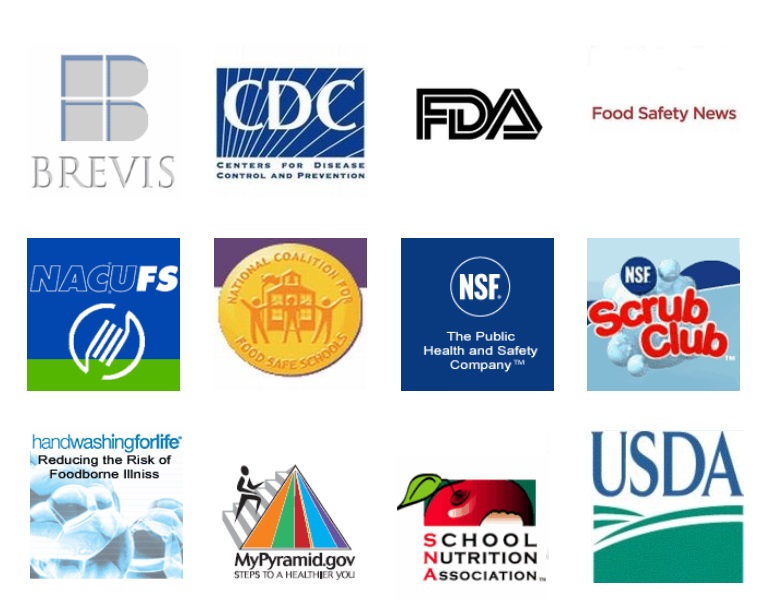What Foodservice Professionals Need to Know about the FDA Milk Testing Changes
In late-April and early-May 2025, headlines across the country and several social media posts stirred concern after reports surfaced that the U.S. Food and Drug Administration (FDA) had temporarily suspended part of its milk testing program. For foodservice operators, this raises an important question: does this change compromise the safety of milk—and by extension, dairy products served in commercial kitchens, cafeterias, and restaurants?
To clarify, the FDA did not stop testing milk for safety. The agency temporarily paused its milk proficiency testing program, which is designed to evaluate and certify the laboratories that conduct routine safety testing on milk. While the pause raised public alarm, the FDA emphasized it continues to test milk for contaminants like antibiotics, pathogens, and chemical residues. Milk sold across the country still undergoes rigorous testing through state-level and industry systems. As such, milk continues to be inspected and tested by regulatory authorities, just as it has been for the last century.
…from a safety standpoint, milk remains one of the most closely monitored food products in the United States.
From a safety standpoint, milk remains one of the most closely monitored food products in the United States. While I was in grad school, I had a professor who noted that the milk we pour in a foodservice or in our homes has been tested upwards of 15 different times before we consume it. As such, I think it is safe to say that foodservice operators can still rely on their dairy suppliers and regulatory bodies to maintain strict safety standards. However, public perception is just as important as the truth.
Consumer trust is a major pillar of food safety, and news headlines, even when misinterpreted, can erode that trust. For operators in schools, hospitals, and other institutions serving vulnerable populations, even a temporary perception of risk can lead to questions, concern, or changes in purchasing behavior.
Foodservice managers may find themselves fielding questions from staff or customers who have heard about the testing pause. It’s important to be proactive by educating your team members and, if appropriate, providing signage or statements that clarify the milk supply remains safe.
Now is also a good time to check in with your dairy vendors. Ask for updated safety protocols or third-party certifications. Transparency from suppliers helps reinforce your own credibility with customers and regulatory bodies.
While the FDA’s testing changes are not a direct threat, they’re a reminder that internal milk and dairy handling protocols should follow the food code and your established SOPs. Ensure cold chain practices, date labeling, and storage procedures are up to standard.
This one instance helps to illustrate just how easily regulatory changes, even temporary ones, can impact perception. Foodservice operations should include regulatory communication risks in their crisis planning. A prepared response helps maintain calm, trust, and consistency.
Although the FDA’s milk proficiency testing pause isn’t cause for alarm, it serves as a valuable case study in food safety communication and preparedness. For foodservice operations: stay informed, stay transparent, and be ready to reinforce confidence, not just in your dairy products and food, but in your entire safety culture. Risk Nothing.
READ MORE POSTS
How Effective is Your Food Safety Training?
Basic food safety in a restaurant kitchen is not rocket science, but critically important for the crew to take the time to learn about it and for managers to set the example each day. Customers never expect or want to see a manager, chef, or a crew member make a very visible food safety mistake, like not washing hands before food prep and gloving, or touching their face or hair while prepping or handling food. Have we all seen it happen in our restaurant or as a customer elsewhere? Certainly. Are you using some creativity in your current training methods to help your staff “get it” so to speak, and reflect positive behaviors regarding food safety?
Why Does Food Spoil?
Food gradually deteriorates because of a natural process of aging, just like humans. However with all foods, there are a few things we can do that have a positive effect on the shelf life and safety of our foods at the restaurant. Some preservation is done at the food manufacturing plant, some naturally, but a better understanding of the processes may help you extend that shelf life. Preservation methods and storage conditions must be designed to reduce the rate of decomposition and protect the safety, appearance and taste of our food.
Top Food Safety Websites
You ask…How do I learn about food safety regulation? What pathogens in foods can make me sick? What temperature should I safely cook my roast beef to and how do I take food temperatures? How do I clean and sanitize anything according to the FDA Food Code? What and where is the most recent version of the FDA Food Code? Where can I find food safety educational materials galore in book form or online? Do I need them in Spanish or a Chinese dialect?










